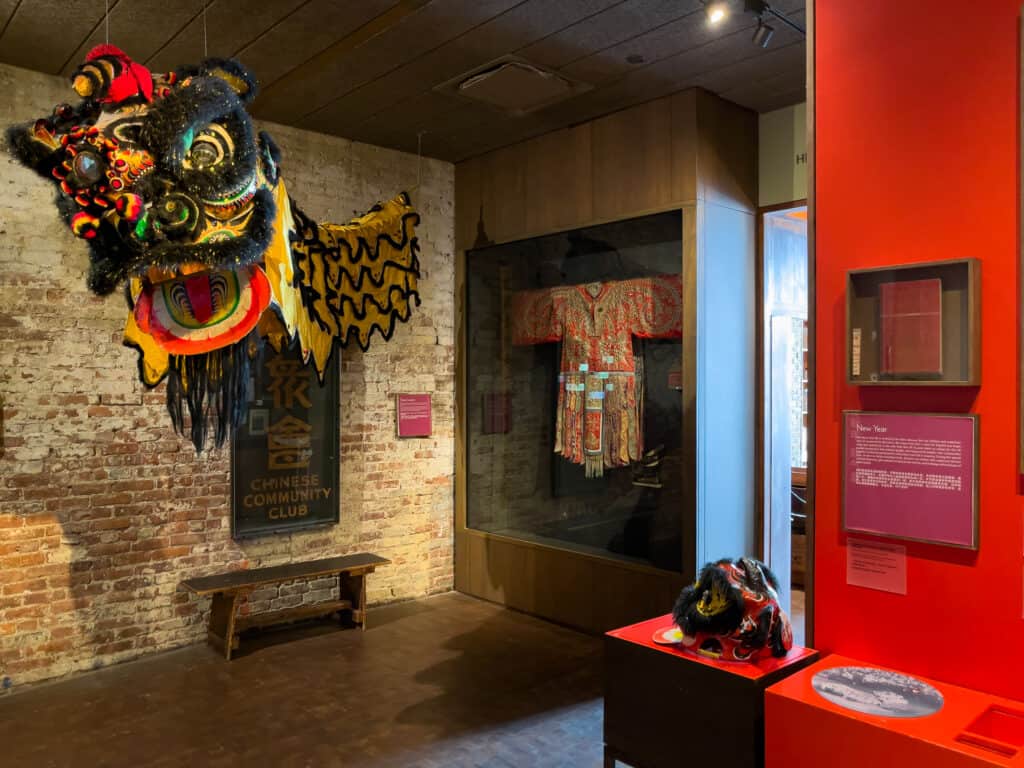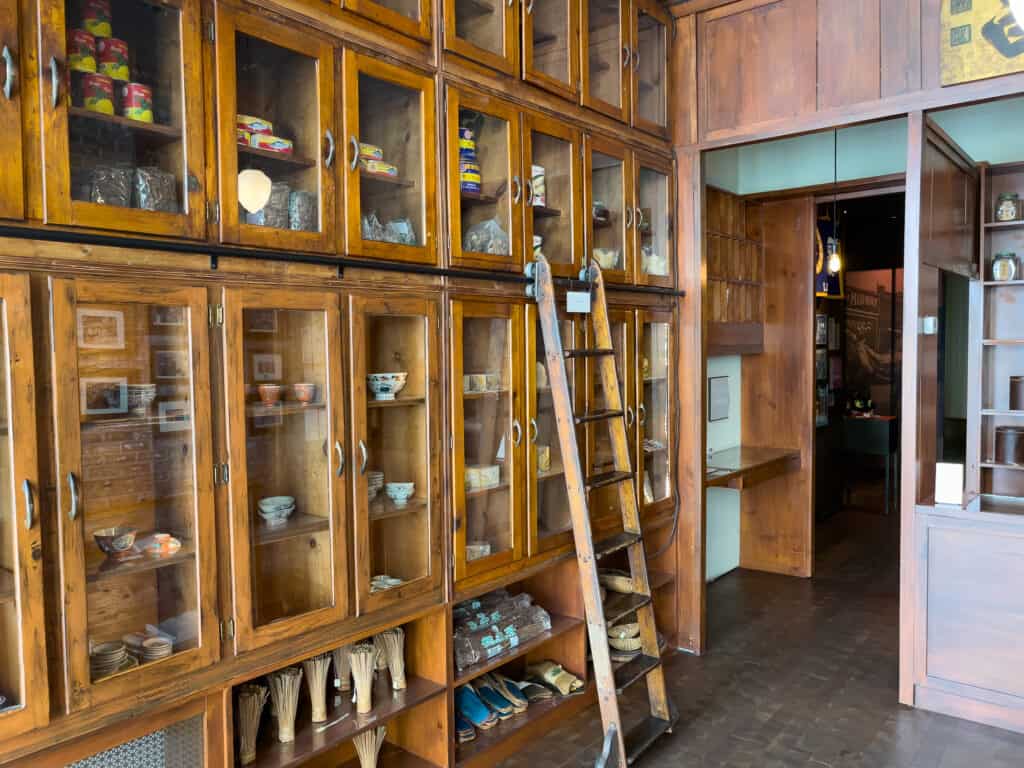The Museum of Chinese in America is devoted to honoring the history and culture of Chinese Americans while telling the story of their experiences in, and contributions to, the United States of America. Since 2009 it has occupied a Maya Lin-designed building on Centre Street in Lower Manhattan, where it achieves its educational mission through artifact-rich permanent exhibits, carefully curated temporary installations, and an array of special events.

Museum of Chinese in America History
The Museum of Chinese in America was founded in 1980 as the Center for Community Studies. Also known informally as the New York Chinatown History Project, the organization was established by a group of activists and artists who wanted to document the rich history of this vibrant neighborhood. The project began by taking down oral histories in the area, before moving into a permanent location on 70 Mulberry Street in 1984. This site is where the museum’s collection is housed to this day, a significant portion of which was badly damaged by fire in 2020.
In 2009, MOCA moved its exhibitions to a new building at 215 Centre Street. This space was designed by the legendary architect Maya Lin. At present, there are plans in place to transform MOCA’s home into an ultra-modern, nine-story building that could house both the museum’s permanent collection and gallery spaces under the same roof, while also creating room for a café, theater, and research center. Maya Lin is slated to helm this project, too, which is scheduled to begin in 2023 and conclude in 2025.

What’s at the Museum of Chinese in America
The Museum of Chinese in America’s signature exhibit is entitled With a Single Step: Stories in the Making of America. Organized into eight fascinating parts, With a Single Step tells a powerful story of the Chinese American experience and how it has been shaped by the evolving relationship between China and the United States. The influence that Chinese Americans have exerted on various facets of American life are explored thoroughly in these remarkable galleries, too.
MOCA also routinely organizes temporary exhibitions pertaining to the history, culture, and lived experiences of Chinese Americans. Some of these exhibitions run longer than others, but the bottom line is that by their very nature they’re always subject to change. However, a sampling of recent exhibitions featured at MOCA includes topics as wide-ranging as a celebration of the 150th anniversary of the construction of the Transcontinental Railroad, photo retrospectives of Chinese Americans living in New York in the 1980s, and a documentary detailing Asian American resiliency in the face of racism and the pandemic.
The permanent collection at MOCA contains approximately 85,000 items from the past two centuries. Numbered among these precious objects are assorted photographs, books, textiles, oral histories, miscellaneous documents, audio recordings, and more.
The Museum of Chinese in America, in collaboration with beloved Asian-American shopping destination and New York institution Pearl River Mart, operates MOCA Shop by Pearl River. There you can purchase all types of museum-themed clothing, memorabilia, home décor, and souvenirs, as well as special edition products by emerging designers and artists.

Tips for Visiting the Museum of Chinese in America
- The Museum of Chinese in America is included on the money saving New York Pass.
- MOCA hosts numerous events on a regular basis. As part of this line of programming you’ll find held here such events as story time for children, appearances by acclaimed artists, and informative talks by educators, historians, and business professionals. For an up-to-date calendar of events happening at MOCA, you’ll want to visit their official website.
- Some visitors to MOCA may be intrigued to learn that they can download a digital audio guide for the museum’s flagship exhibit, With a Single Step. This helpful guide features exclusive commentary provided by the museum’s primary curator.
- MOCA is accessible via the Canal Street subway station, as well as multiple bus lines running in the area, and really, this is the way to go. Parking is a pain in the area, so don’t drive here unless you absolutely must.
